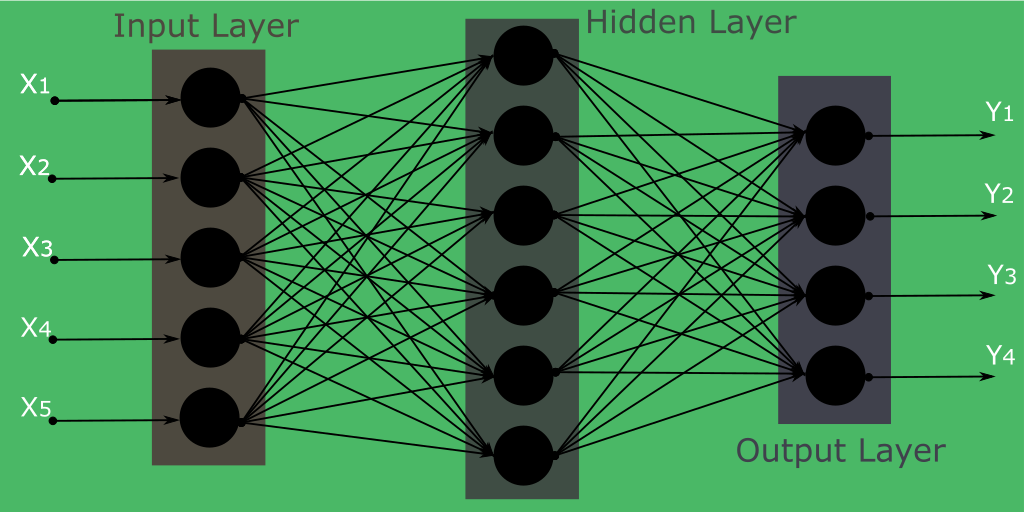In [5]:
fig, AX = plt.subplots(3, 6, sharex=True, sharey=True)
np.random.seed(1234)
for ax in AX.ravel():
rindex = np.random.randint(Y_train.size)
ax.imshow(X_train[rindex])
label = Y_train[rindex]
ax.set_title(f'label: {objects[label]} ({label})')
plt.grid(False)
